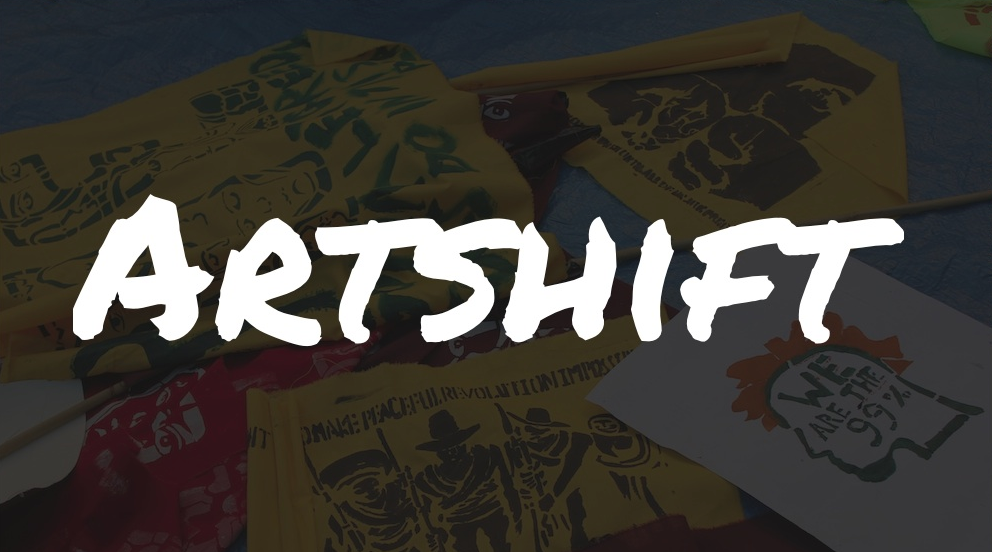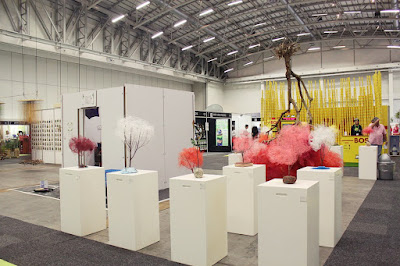"We know that we are running out of time to stop our planet from becoming a very inhospitable place, and we know that our local organizing is the most important tool we have in this struggle. So just as co2 levels and extreme weather are on the rise exponentially - so are we.
This June, 350.org will be organizing Global PowerShift an international gathering in Istanbul, Turkey, where 600 young climate leaders from around the world will converge to skill-share, trade tactics and connect on how we will be the generation that will turn the tide on the global climate crisis. Organizers will then return to their own countries and organize a regional gathering, developing regional campaigns, goals and actions connected to a global movement."
To do this, they need new creative tactics to have maximum impact!
"We are up against the richest corporations in the history of money, so our currency will be our creativity. A major focus of Global PowerShift will be on creative activism, including workshops and skillshares in puppetry, mass production for mass mobilizations, subvertising, street art and street theater, creative non-violent direct action, activist animation, reality correction, and historical reclamation.
We will also be constructing an Arts Camp for the duration of the gathering to integrate creativity into the functioning of daily life while providing important encampment skills to Global PowerShift participants.
We need creative, impassioned and dedicated individuals to join us at this historic gathering, and to grow a globally connected network of creative organizers strong enough to reclaim our future from the fossil fuel industry. Apply now to join us for Global PowerShift, deadline for applications has been extended to 4 January 2013. Participants will have all expenses covered."
Take a minute to share this invitation with anyone you think might be interested or share the ArtShift webpage on twitter or facebook. For this to be a success we need diversity in all aspects and will need to reach outside just the “climate” movement - this is, afterall, a struggle as big as our planet that involves many different movements. Please encourage anyone to apply who you think would contribute to and benefit from this crucial gathering.
Do it now, we’ve got no time to lose.
The gathering in Istanbul is only the first phase of this project, we’ll need many more dedicated individuals to participate locally in one of the hundred regional PowerShifts and in the hundreds of local campaigns and projects beyond that. If you can’t apply, but wish to stay in touch, please email art@350.org
This callout was sent by
Kevin, Art Ambassador for 350.org
Read more and get your FAQ answered by clicking here



















.JPG)































